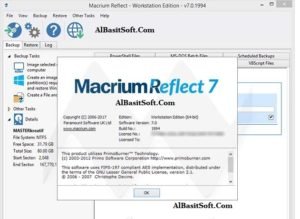

So that the operating system can use different file systems or provide multiple volumes (like the C: drive, D: drive and recovery area), it partitions these blocks into volumes (sometimes also called partitions). So that the read-heads can store and find recorded data, the disk is split into blocks, usually of 512 bytes, which are numbered from the start to the end of the platter. The information on the platter is recorded and read by read-heads. This permanent storage is often a hard disk drive containing a spinning magnetic platter.

Inside a PC, the operating system, applications and all your files need to be kept somewhere when the power is off. The restore process is documented in the article You can also mount images as a virtual drive in Windows Explorer to easily recover Files and Folders using Copy and Paste.

You can use this archive to restore exact images of the partitions on a hard disk so that you can easily upgrade your hard disk or recover your system if it breaks. Using Macrium Reflect you can backup whole partitions or individual files and folders into a single compressed, mountable archive file.


 0 kommentar(er)
0 kommentar(er)
